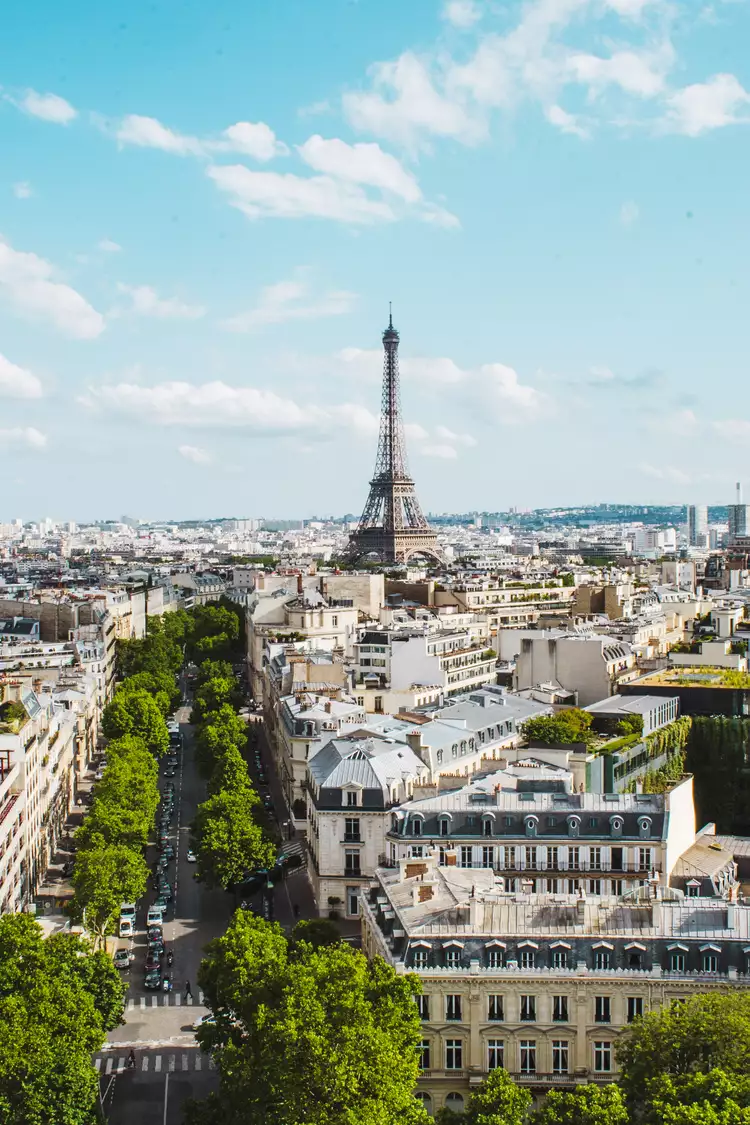How to Make the Most of Your Visit
Since the Eiffel Tower has gained such iconic status around the world, becoming an object of endless fascination as well as the cliché of choice for representing Paris, it can be easy to gloss the surface when visiting it and overlook its fascinating (and tumultuous) history. The tower’s remarkable construction is also something that tourists often fail to appreciate, so it is advisable to read up on this marvelous monument before you go up to the top and look out— you’ll no doubt gain a much richer appreciation for it.
Key Dates in the Tower’s History
March 1889: The tower is unveiled at the Paris World Exposition of 1889. French engineer Gustave Eiffel successfully realizes his project despite impassioned protests. The tower was constructed from 18,038 separate pieces (mostly iron) and weighs a total of 10.1 tons. Nonetheless, it remains relatively lightweight.
1909-1910: The tower is nearly dismantled, but is salvaged due to its usefulness as a radio tower. Some of the world’s first radio transmissions are broadcast from here.
1916: The first transatlantic telephone transmissions are successfully made from the tower.
Highlights: First Level
The first level of the tower features a circular gallery that provides visitors with an overview of the tower’s history and design, along with an introduction to some of Paris’ most notable sights and monuments.
A part of the spiral staircase that once led from the second floor to the top level is displayed on the first level. The staircase was eventually dismantled in 1983.
You can also see the hydraulic pump that once supplied water to a former elevator.
The “FerOscope” is an informational exhibit installed in one of the tower’s beams. Interactive videos, light shows, and other media provide visitors with an evocative look at how the tower was built.
The “Observatory of Tower Top Movement” is a laser beam that monitors the tower’s oscillation due to wind and temperature effects.
Panoramic indicators of places and monuments visible from the first level, as well as historical panels tracing the tower’s history, are placed around the gallery. Visitors can also see the city in minute detail from an electronic telescope.
Highlights: Second Level
The second level offers notable panoramas of the city, as well as more insight into the tower’s history and construction. Animated window scenes tell a visual story of the tower’s unique history.
Visitors can enjoy dizzying perspectives of the ground through the glass floor. This experience, however, may not be suitable for those who are prone to vertigo.
Top Level Panoramic Viewpoints: Landmarks to Look Out For
The top floor provides breathtaking views of the entire city, along with exceptional dining options. The elevator climb of 18 meters (59 ft.) allows visitors to fully appreciate the tower’s elaborate metal latticework. A reconstitution of Gustave Eiffel’s office features wax figures of Gustave and American inventor Thomas Edison; while panoramic indicators and viewpoint indicators assist you in identifying the landmarks of the city.
Night Displays: Shimmering Grandeur
Seen from a distance, the tower bursts into a shimmering display of light every hour after nightfall, until 2 a.m. in the summer. This display is made possible by 335 projectors, each equipped with high-wattage sodium lamps. The intense sparkling effect is created by the beams shooting upward through the tower’s structure.




